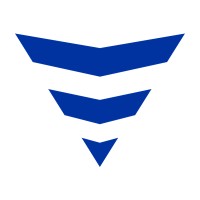
Fresenius Medical Care
Fresenius Medical Care is the world’s leading provider of products and services for individuals with renal diseases. We aim to create a future worth living for chronically and critically ill patients – worldwide and every day. Thanks to our decades of experience in dialysis, our innovative research and our value-based care approach, we can help them to enjoy the very best quality of life. Our portfolio encompasses a comprehensive range of high-quality health care products and services as well as various dialysis treatment options for both in-center and home dialysis that are individually tailored to our patients’ needs.






